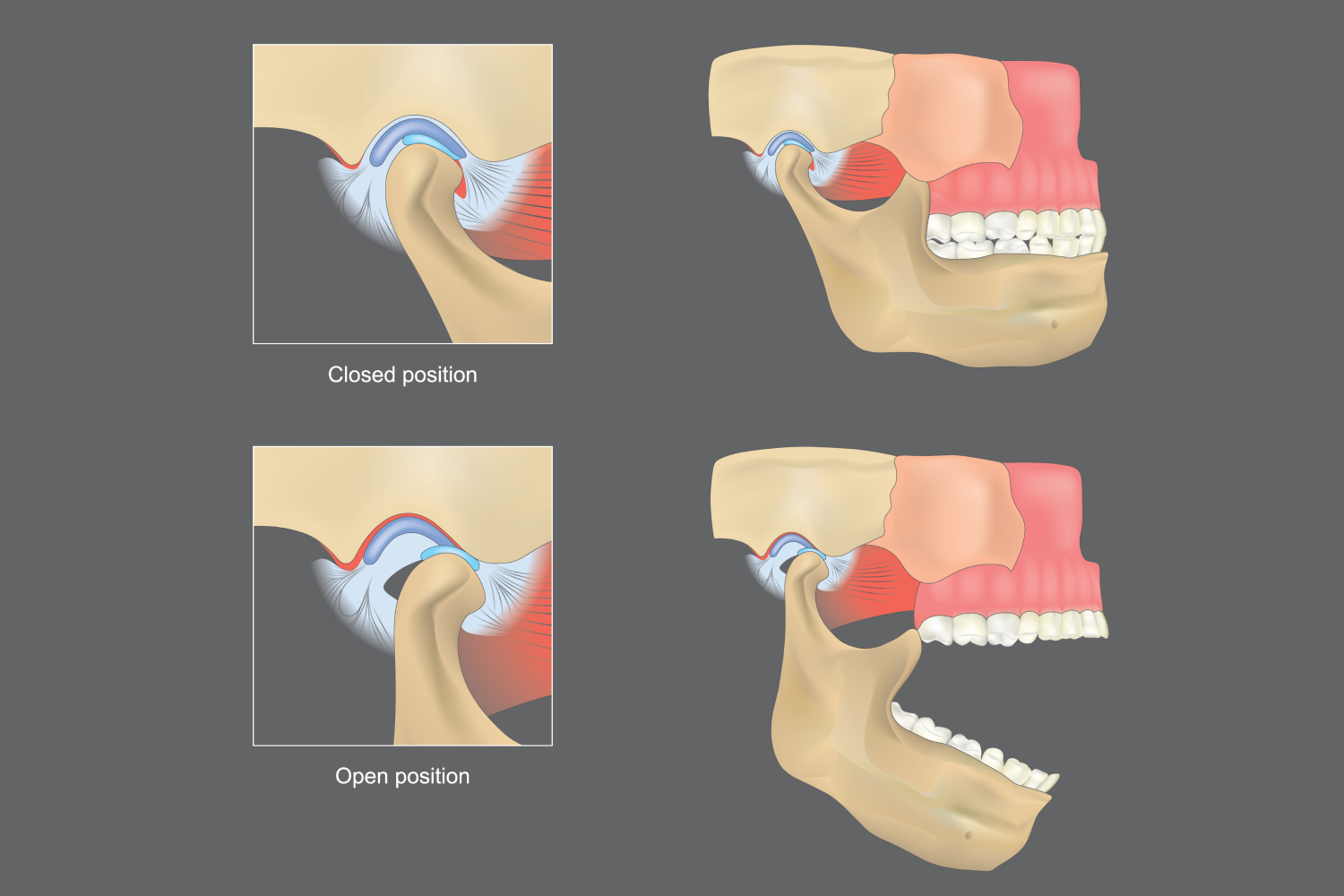TMJ injections are an effective treatment for many TMJ disorders. This article goes on to explain what TMJ injections are, why they may be needed, and how you can prepare for the procedure.
If you are interested in learning more about how TMJ injection treatments can help you, book an appointment with one of the expert neurologists at Cayman Neurology and Pain Management in the Cayman Islands.

Specialties
Neurology
Pain Management
Diagnostic Tests
Therapeutic Procedures
TMJ (Temporomandibular Joint) injections are medical procedures where a needle is injected into the temporomandibular joint to alleviate pain and reduce inflammation associated with TMJ disorders. The TMJ is the joint that connects your lower jaw bone to your skull, allowing you to open and close your mouth.
TMJ disorders can result in pain while chewing, talking, and normal day activities. While TMJ disorders occur, individuals can experience severe headaches as well as difficulty moving their jaw. TMJ injections can directly address these symptoms and improve an individual’s quality of life.
Injections for TMJ are administered directly into the temporomandibular joint by a healthcare professional. They are often guided by imaging techniques, like ultrasound or fluoroscopy, to ensure accurate placement of the medication.
TMJ injection treatments may contain one of the following medications:
Botox injections (Botulinum toxin)
Steroid injections
TMJ injections are sometimes administered to treat trigger points. Trigger points are painful “knots” in your muscles that can be very sensitive to touch/pressure.
Trigger points may form after acute trauma or by repetitive micro-trauma, leading to stress on muscle fibers. It causes the muscle fibers to be stuck in a contracted state. Sometimes you can feel these knots when you rub your muscles.
A trigger point injection is used to relax the muscle tension.
TMJ injections are used to reduce TMJ pain/inflammation and improve jaw function for individuals experiencing discomfort or limited movement in their jaw joints due to TMD.
These injections are typically considered when other conservative treatments, such as medications, physical therapy, or lifestyle modifications have not provided sufficient relief. However, the effectiveness of these injections can vary from person to person.
TMJ injections may be used in combination with other therapies for managing TMJ disorder symptoms. For example, a steroid injection will give pain relief for up to one month, allowing you to perform jaw exercises.
Your doctor will provide personalized instructions before your TMJ injections are scheduled. Instructions may include limitations on eating before the procedure or specific guidelines regarding taking existing medication on schedule. Be sure to let your doctor know if you are on blood thinners or have any other medical conditions that may affect treatment.
TMJ injections are a relatively short procedure typically completed in under 30 minutes. During the procedure, you can expect to:
Be brought into the procedure room
Have the injection site cleaned by your doctor or medical team member
Receive a local injection of numbing medicine or anesthetic gas before the procedure
Have injections into the TMJ with Neurotoxin or other drug to provide relief
After the procedure, it is important not to rub the injection site. Side effects from the procedure are typically mild and may include:
Nausea
Injection site pain
Your doctor will provide specific instructions for after the procedure, including follow-up if needed.
TMJ injections are a safe procedure and carry a low risk of complications. You will usually only experience some temporary discomfort or numbness around the injection site. These side effects can usually be alleviated with pain relievers or ice.
Rare complications of TMJ injections can include the following:
Bleeding
Bruising
Infection
Allergic reaction to the anesthetic agent
Vascular (vein) injury
There are some additional potential risks if your TMJ injections contain BOTOX. The most common side effects of Botox for TMJ treatment are:
Headache
Flu-like illness
Nausea
Respiratory infection
Temporary eyelid droop
Temporary “fixed smile”
Side effects from the procedure, including soreness at the injection site, typically decrease after a day or two. Typically, patients see positive results in their level of pain within the first 24 to 72 hours after the procedure. Some individuals may take up to a week to feel relief.
Contact one of the neurologists at Cayman Neurology and Pain Management to get your TMJ disorder treated today! Our pain management experts in the Cayman Islands are fully equipped to locate and treat the source of your pain. Book your visit now!
Medically reviewed by Sara T.
Copyright © 2024 Cayman Neurologist. All Rights Reserved.